We may receive a commission if you make purchases through affiliate links (at no extra cost to you). Read why our approach to travel is different.
Sometimes I describe Argentina as a ‘full package’ destination. Great cities of the world? Tick. World’s largest waterfalls? Tick. Alpine mountains and lakes? Tick. Lunar desert landscapes? Tick. Beautiful small towns? Tick. World’s best wineries? Tick. Excellent gelato? You get the point.
I first visited Argentina over ten years ago for a homestay Spanish-school experience in Buenos Aires. Very quickly, Buenos Aires became one of my favorite cities in the world. And after every trip back, the moment I leave I’m reminded of the words of Tango-legend Carlos Gardel writing on his beloved Buenos Aires: cuando te vuelvas a ver? (‘when will I see you again?’).



If you have landed on this article, there is a good chance you are planning (or dreaming) of a trip to Argentina. To begin with: lucky, lucky you. The first thing to keep in mind when planning a trip to Argentina is that Argentina is huge – the 8th largest country in the world.
Our 2 weeks in Argentina itinerary is designed to cover the highlights of the country, including the full spectrum of cultural and natural diversity. It goes without saying that if you wanted to just concentrate on one particular region (for example, Patagonia), you could easily spend weeks, if not months, there.
Skip to...
Days 1 – 4: Buenos Aires
Welcome to one of the greatest cities in the world: Buenos Aires. With a population of over 15 million people and countless things to do, Buenos Aires can be overwhelming.
If you’re planning a 2 weeks in Argentina itinerary, you’re probably thinking: how many days in Buenos Aires? I recommend allocating at least four days in your itinerary for Buenos Aires. My favorite thing about Buenos Aires is how so many of the city’s different neighborhoods have their own subculture. This means that you can essentially visit a different ‘city within a city’ every day.



With four days in Buenos Aires, I recommend allocating your time to visiting different neighborhoods, including their popular attractions and subcultures.
Buenos Aires neighborhood guide
To help you plan your time and navigate Buenos Aires efficiently, we’ve prepared this brief table about the main tourist-friendly neighborhoods of Buenos Aires:
| Neighborhood | Atmosphere and attractions |
| Congreso, Tribunales and the Microcentro | ‘Downtown’; full of grand architecture including the Casa Rosada, Teatro Colon, Palacio del Congreso and the iconic Obelisco |
| San Telmo | Cobblestone quaint streets and the famous Sunday flea market |
| Recoleta | Upscale area; cafes, parks and the world-famous Recoleta cemetery |
| Palermo | Trendy area full of the best cafes, book stores, the bosques (huge parks), street art and the famous Palermo Saturday markets, MALBA museum |
| La Boca | Home of Tango and La Boca football team; street markets, buskers and colorful murals |
| Belgrano | Fancy residential area; world-class restaurants and cafes |



Best restaurants in Buenos Aires
At Travel Insighter, we are big believers that food is the gateway to culture. In Buenos Aires, this mantra works in multiple ways. First, as the capital of Argentina, Buenos Aires is the best place in the country to experience the best of Argentine cuisine: asados, empanadas and our very own Travel Insighter curated alfajore dessert tour.
And while gelato may be Italian, I think Buenos Aires is home to the best ice cream in the world.

Turning back to the idea of great cities being home to the city within a city, eating out in Buenos Aires is often a gateway to learning more about neighborhood subcultures. From street-side asado in La Boca to artisan alfajores in Palermo, the best way to do this is to join a Buenos Aires small-group food tour.
As one of the world’s great metropolises, make sure you are planning your meals at Buenos Aires’s best restaurants. We have strong opinions on this, including one very controversial take: we recommend avoiding Don Julio (find out why).
In recent years, Buenos Aires has also been at the forefront of a Latin American vegetarian renaissance. If your asado cravings subside, delve into Buenos Aires’s vegetarian scene. Better yet, splurge for a magnificent night out at the purely vegetarian Michelin-starred MARTi, one of our favorite vegetarian restaurants in Buenos Aires.

Day 5: Colonia del Sacramento, Uruguay
It’s not every day you can simply hop across to a new country for a day trip.
Colonia del Sacramento rivals Cuzco, Cartagena and Olinda for the title of the most beautiful colonial town in South America. Located on the far-west of Uruguay, Colonia is just a short ferry ride from Buenos Aires. In fact, Colonia is probably more accessible from Buenos Aires than from Montevideo!



A day in Colonia is a welcome respite from the chaotic big-city energy of Buenos Aires. Spend the day meandering the cobblestone alleyways, lounging in outdoor terraces and admiring the boutique galleries of Colonia’s small artist community. The colonial history of this small town is fascinating and a short historical walking tour is a real highlight.
For more on planning a day trip from Buenos Aires to Colonia del Sacramento, read our comprehensive guide to Colonia del Sacramento.
Days 6 – 9: Bariloche, Patagonia
Start day 6 with an early morning flight to Bariloche, Patagonia. Where possible, try to arrange your flights in and out of Buenos Aires’s Aeroparque (AEP) Airport. Aeroparque is just 15 minutes from the heart of the city.
After just over two hours, you will arrive in in the rolling Alpine landscape of Bariloche. You are, of course, welcome to replace Bariloche with another city in Patagonia (such as El Calafate or Ushuaia). But we think we think Bariloche makes the ideal short Patagonia escape and introduction to the region.



Bariloche is an adventure-lovers paradise, and you certainly won’t run out of things to do. Your starting point should be our comprehensive guide to Bariloche’s sites and activities. Even if you aren’t a hiker, I’d recommend trying to get a little out of your comfort zone (I know I did), with a bike riding trip or short climb.
One of the reasons we love Bariloche is that there is so much more to this small town than it’s dramatic natural appeal. Now this isn’t to downplay how simply gorgeous the Bariloche region is; it may well be among the most beautiful regions in South America.
Rather, there’s just enough here to keep you busy in between the nature activities. From spooky evening tours about Bariloche’s Nazi history to our very own Travel Insighter curated tour of Bariloche’s iconic chocolate shops, you simply won’t run out of things to do in Bariloche.

If you’re keen to see more of Patagonia but are short on time, I always recommend the quick hop over to the neighboring town of San Martin de Los Andes (preferably via the 7 Lakes Route).
Days 9 – 12: Salta and Jujuy
Annoyingly, the domestic flight network in Argentina means you’ll probably have to transit through Buenos Aires to reach Salta. But I promise you it’s worth it.
If Argentina is all about natural diversity, nowhere encapsulates that as much as Salta.
Salta’s old colonial centre is enough of a reason to visit. However, the real reason you visit Salta is to explore the entirely unique lunar landscapes of Northwestern Argentina. You’ll find cactuses larger than humans in the Parque Nacional de los Corodnes and shop in little indigenous villages scattered throughout the Humahuaca Canyon in Jujuy. But one thing is for sure: Salta is unlike anywhere else on the continent.



After long days on the road, you’ll return to Salta in the evenings. Here, you’ll find an elaborate dining scene and, my personal favorite, the peñas (folk music restaurants) of Salta. Not convinced yet? Take a read of our 4 reasons why Salta should be on every Argentina travel itinerary.
Days 13 – 14: Iguazu Falls
With direct flights from Salta to Puerto Iguazú (Airport code: IGR), it makes sense to wrap up your 2 week Argentina itinerary at one of Argentina’s standout attractions.
With a mammoth collection of over 275 waterfalls, Iguazu Falls need no introduction. Iguazu is the gateway to another completely unique ecosystem: the Pantanal (or lower Amazon as I like to call it – and no, I don’t have any biodiversity qualifications).

I recommend visitors allocate at least two days for visiting the Iguazu Falls. The Argentinian side of the Iguazu requires one full day, with more walking tracks and the option for boat rides under the falls. The next day, I recommend spending at least half a day on the Brazilian side of the falls. I find the Brazilian side offers more panoramic viewpoints to experience the breadth and grandeur of Iguazu.
If you are looking for something special – or simply want to end your trip on a high – consider a helicopter ride over Iguazu Falls.

After your 2 weeks in Argentina itinerary
From Iguazu Falls you have two options: you can hop on a quick domestic flight from Puerto Iguazu back to Buenos Aires to catch your flight home, or you can continue overland onto Brazil or Paraguay.

Share This Article

Traveling soon? Subscribe to The Insight below and get exclusive access to our personalized travel advice community via WhatsApp so you can ask all your burning travel questions.
Looking for the best comprehensive travel insurance? SafetyWing has you covered.
And for your eSIM in every country, there is only one option we recommend: Airalo.
Read more of our best insights from around the world
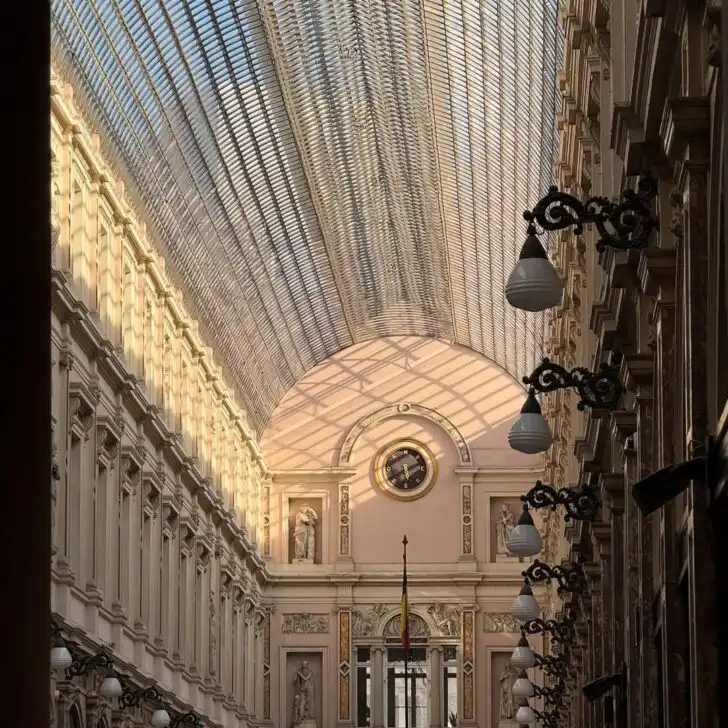
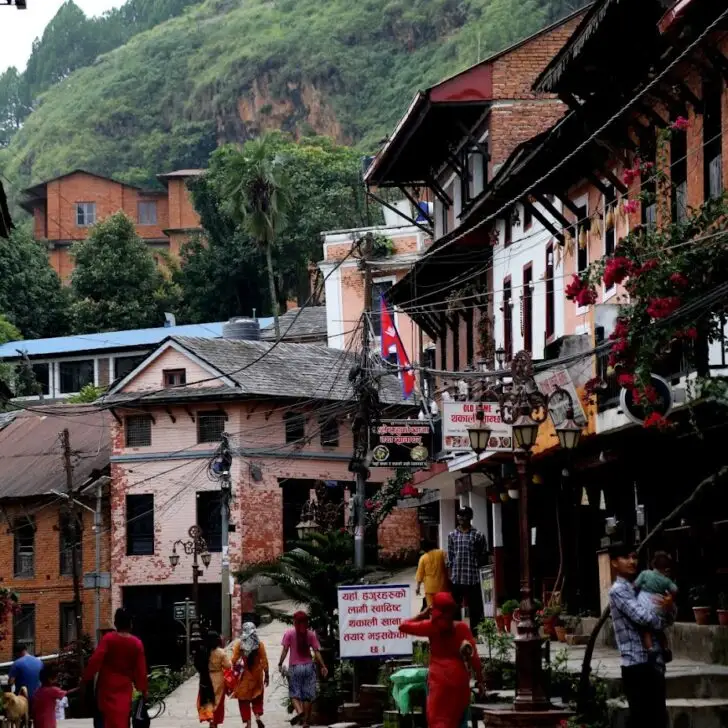
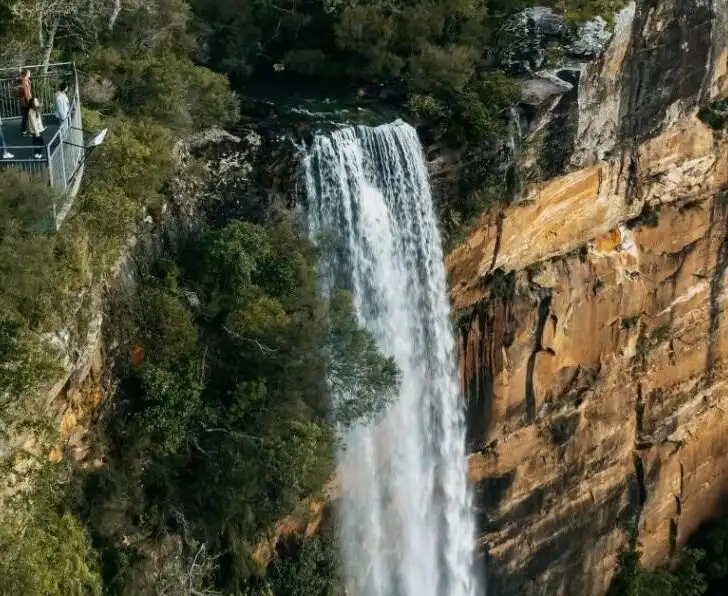
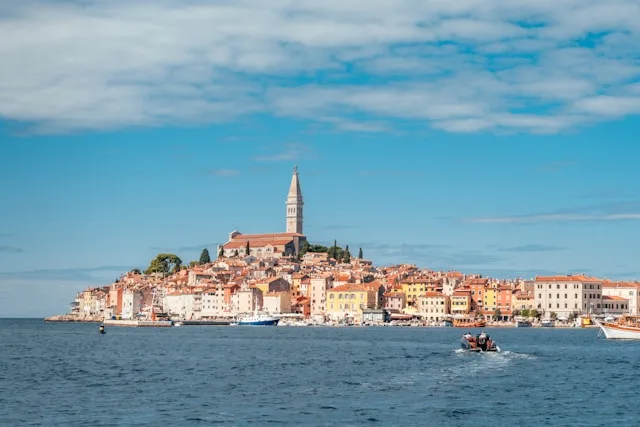
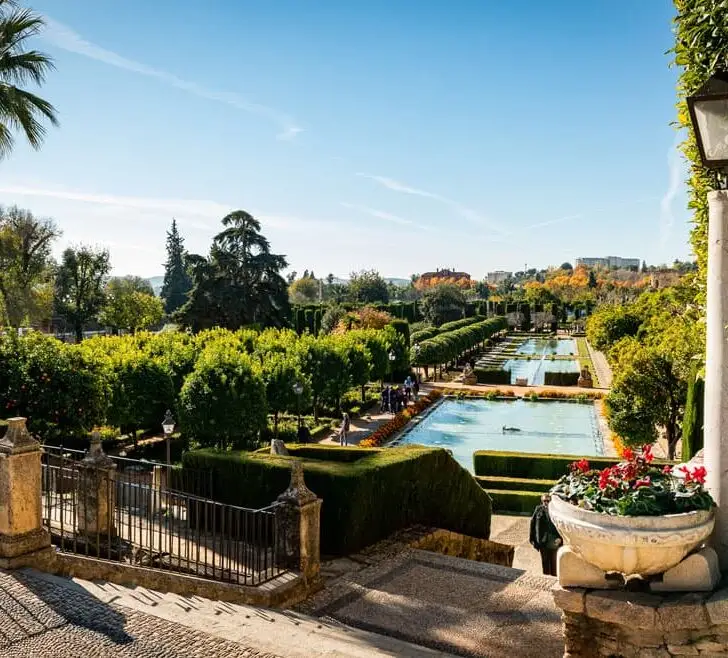
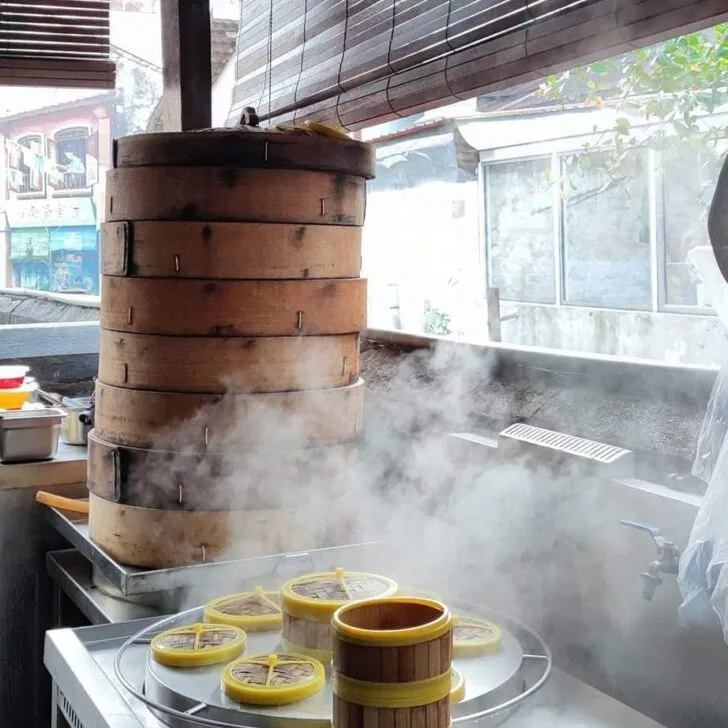
rl
Friday 15th of November 2024
I'm tired of travelers from privileged countries claiming you can easily hop over to a neighboring country. No thought for the masses that need separate visas for each country? Not even a slight mention?
Babajus
Thursday 28th of November 2024
@rl, they mean logistically (transport wise, it is nearby). Getting visas is already assumed. They did not mention visas to go to Argentina either, as this thing is outside of the article scope. Article already assumed that reader will take care of visas
Michael Soud
Friday 15th of November 2024
You're right - it is harder for others.